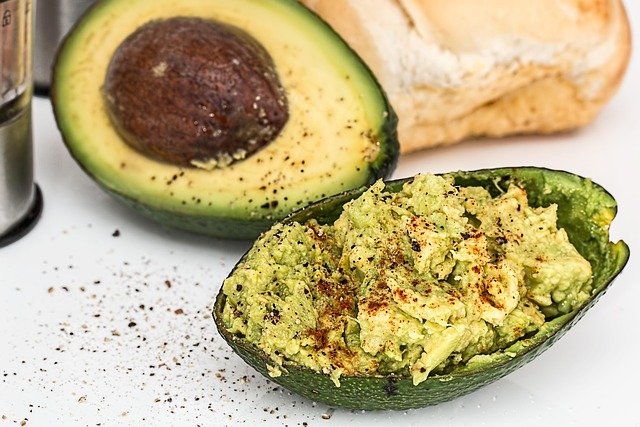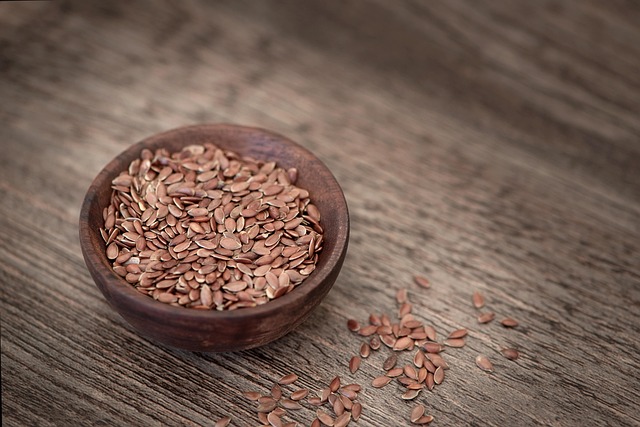In recent years, plant-based protein supplements have surged in popularity, becoming a staple for athletes, fitness enthusiasts, and health-conscious individuals alike. Once considered niche products reserved for vegans or vegetarians, these supplements are now mainstream, appealing to a broad audience seeking sustainable, ethical, and nutritious alternatives to traditional animal-based proteins like whey or casein. This shift reflects broader societal trends toward environmental awareness, dietary preferences, and the growing demand for clean, functional nutrition.
Why Plant-Based Protein is Gaining Traction
Several factors contribute to the rising popularity of plant-based protein supplements. Let’s explore the key drivers behind this trend:
1. Environmental Concerns
The production of animal-based proteins has a significant environmental footprint, contributing to greenhouse gas emissions, deforestation, water usage, and pollution. In contrast, plant-based proteins require fewer resources and generate lower carbon emissions. As consumers become more eco-conscious, they’re gravitating toward options that align with their values of sustainability and reducing their ecological impact.
2. Ethical Considerations
Many people choose plant-based proteins out of concern for animal welfare. By opting for supplements derived from peas, rice, hemp, or other plants, they avoid supporting industries associated with factory farming and animal exploitation. This ethical stance resonates with the growing number of individuals adopting veganism or flexitarian diets.
3. Health Benefits
Plant-based protein supplements offer unique nutritional advantages:
- They are often free from common allergens found in dairy-based proteins, such as lactose or casein.
- Many plant proteins are rich in fiber, vitamins, minerals, and antioxidants, which support digestive health, immunity, and overall well-being.
- Some varieties, like pea protein, contain branched-chain amino acids (BCAAs) that aid muscle recovery and growth.
4. Improved Taste and Texture
Early iterations of plant-based proteins were criticized for their gritty texture and earthy taste. However, advancements in processing technology have led to smoother, creamier formulas that rival the palatability of whey. Brands now offer an array of flavors—from chocolate and vanilla to exotic options like matcha or peanut butter—making them enjoyable for everyday use.
5. Versatility and Accessibility
Plant-based protein powders are incredibly versatile. They can be blended into smoothies, stirred into oatmeal, baked into snacks, or even used as a base for savory recipes. Their widespread availability in grocery stores, online retailers, and specialty shops has made them accessible to virtually everyone.
Types of Plant-Based Protein Supplements
Not all plant-based proteins are created equal. Each source offers distinct benefits based on its amino acid profile, digestibility, and nutrient content. Here are some of the most popular options:
1. Pea Protein
- Derived from yellow split peas, pea protein is rich in BCAAs and easily digested.
- Ideal for muscle building and recovery due to its high leucine content.
- Hypoallergenic and suitable for those with sensitivities to soy or dairy.
2. Rice Protein
- Made from brown rice, this protein is hypoallergenic and gentle on the stomach.
- Often combined with other proteins (like pea) to create a complete amino acid profile.
3. Hemp Protein
- Sourced from hemp seeds, it contains essential fatty acids (omega-3 and omega-6) and fiber.
- Offers a mild, nutty flavor and supports heart and brain health.
4. Soy Protein
- One of the few plant proteins considered “complete” because it contains all nine essential amino acids.
- Backed by extensive research showing its ability to promote muscle synthesis and cardiovascular health.
5. Blended Proteins
- Many brands combine multiple plant sources (e.g., pea + rice + quinoa) to ensure a balanced amino acid profile and enhanced nutritional value.
- These blends mimic the completeness of animal-based proteins while leveraging the strengths of individual ingredients.
6. Other Emerging Options
- Pumpkin seed protein: Rich in magnesium and zinc, beneficial for immune function and hormonal balance.
- Sacha inchi protein: A novel superfood originating from the Amazon, packed with omega-3s and protein.
- Algal protein: Derived from algae, it’s gaining attention for its sustainability and bioavailability.
Who Can Benefit from Plant-Based Protein?
Plant-based protein supplements cater to a wide range of individuals beyond just vegans and vegetarians. Here’s who stands to gain:
1. Athletes and Fitness Enthusiasts
Athletes looking to build muscle, recover faster, and meet their daily protein needs can benefit from plant-based options. Studies show that plant proteins perform comparably to whey when consumed in adequate amounts.
2. Individuals with Dietary Restrictions
For those with lactose intolerance, gluten sensitivity, or allergies to soy or eggs, plant-based proteins provide safe and effective alternatives.
3. Health-Conscious Consumers
People prioritizing whole-food, minimally processed diets appreciate the clean ingredient lists of many plant-based supplements. Many are organic, non-GMO, and free from artificial additives.
4. Eco-Friendly Advocates
Environmentally conscious consumers seek products that minimize harm to the planet without compromising quality or performance.
5. Older Adults
Maintaining muscle mass becomes increasingly important with age. Plant-based proteins offer a digestible and nutrient-dense option for seniors.
Addressing Common Misconceptions
Despite their growing popularity, plant-based protein supplements still face skepticism. Here are some common myths debunked:
Myth #1: “Plant Proteins Are Incomplete.”
While individual plant proteins may lack one or two essential amino acids, combining different sources (like pea and rice) creates a complete profile. Most modern blends already address this issue.
Myth #2: “They Don’t Build Muscle as Well as Whey.”
Research shows that plant proteins are just as effective as whey for muscle repair and growth when consumed in sufficient quantities. The key is ensuring adequate total protein intake throughout the day.
Myth #3: “They Taste Bad.”
Thanks to advancements in formulation, many plant-based proteins now boast excellent taste and texture comparable to their animal-based counterparts.
How to Choose the Right Plant-Based Protein Supplement
With so many options available, selecting the best product can feel overwhelming. Keep these tips in mind:
- Check the Ingredient List Look for supplements with minimal, recognizable ingredients. Avoid those loaded with artificial sweeteners, fillers, or preservatives.
- Consider Your Goals
- For muscle gain: Opt for higher-protein blends with added BCAAs.
- For weight management: Choose low-calorie options with added fiber.
- For general health: Prioritize organic, non-GMO, and nutrient-rich formulations.
- Test Allergens If you have food sensitivities, confirm the supplement is free from potential triggers like soy, nuts, or gluten.
- Evaluate Mixability A good plant-based protein should dissolve easily in water or milk without clumping.
- Read Reviews Customer feedback can provide insights into taste, texture, and effectiveness.







